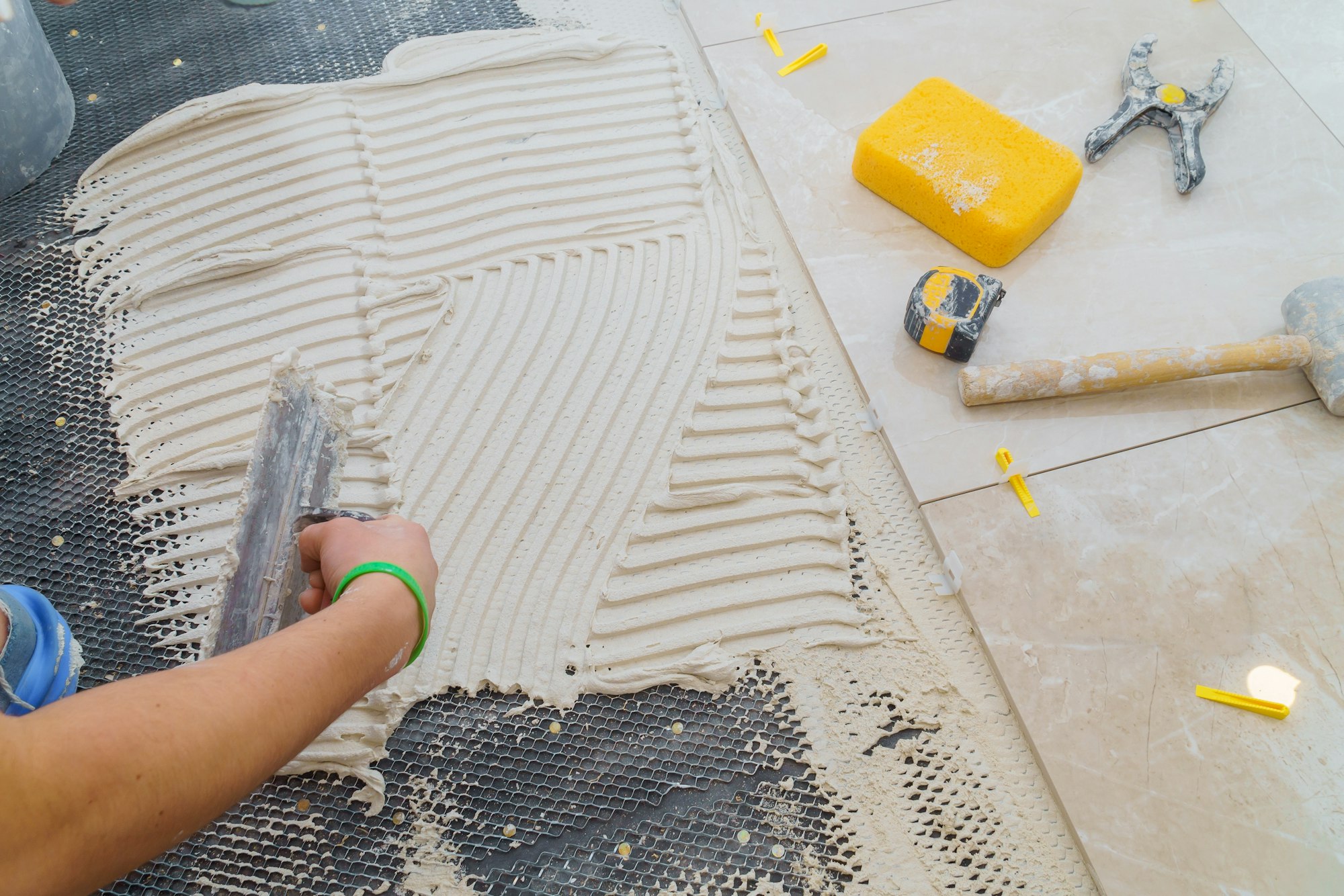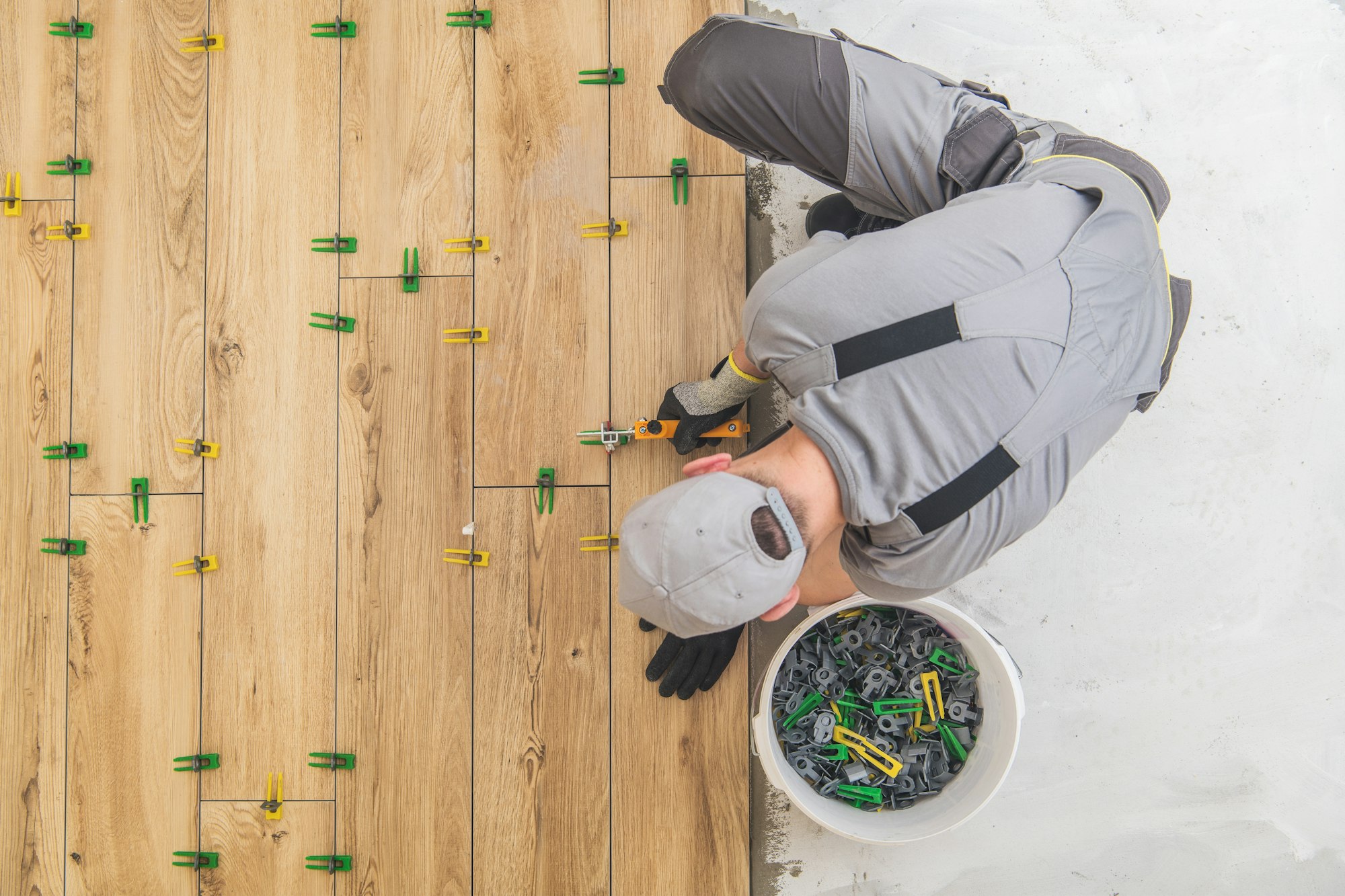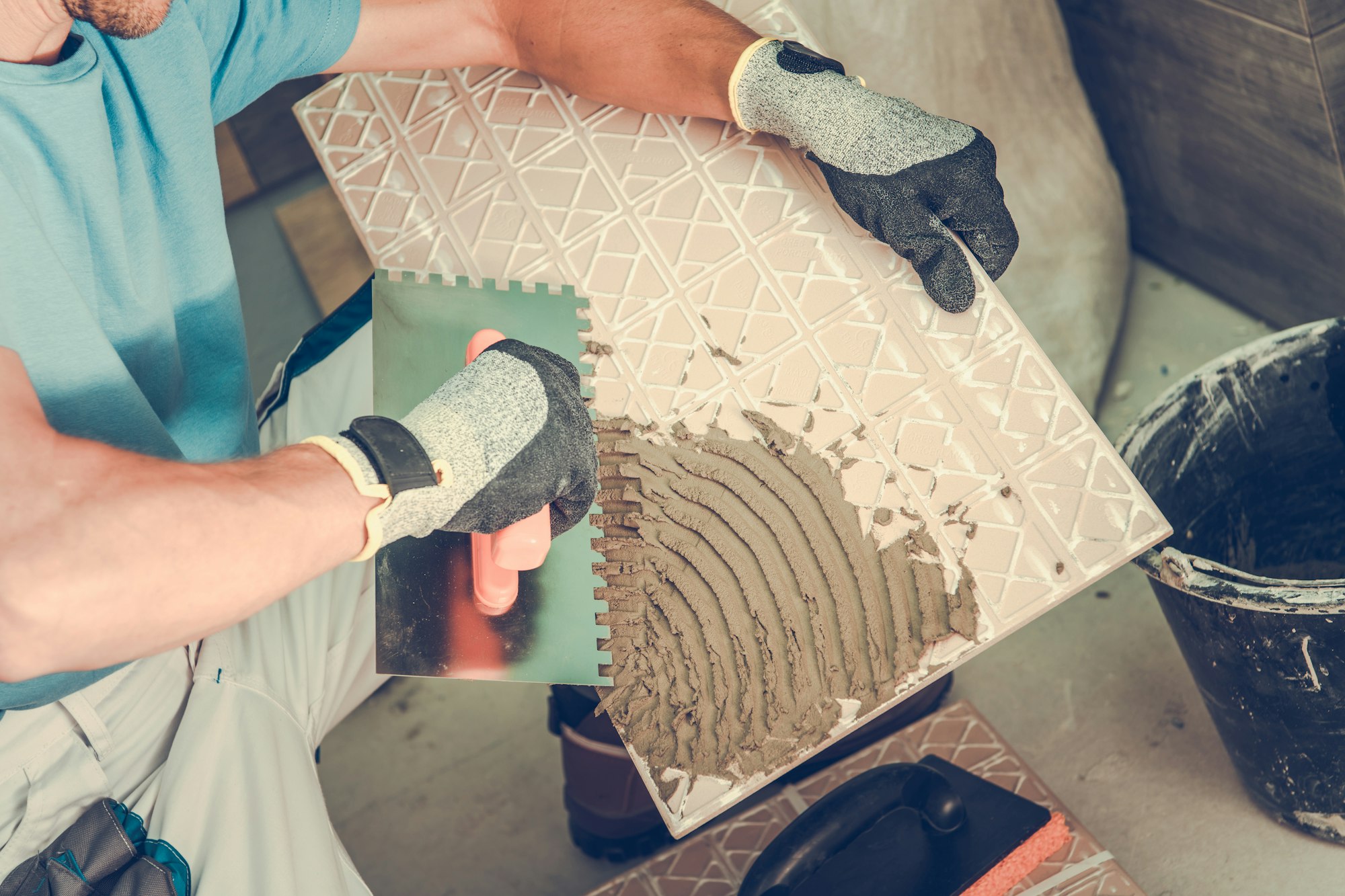
When it comes to flooring choices, tile is often the go-to option for high-traffic areas. Its durability, beauty, and ease of maintenance make it a favorite across both residential and commercial spaces. Yet, achieving a flawless tiled surface requires more than just choosing the right tile; proper spacing is key to its longevity and appearance.
Understanding the best techniques for tile spacing can elevate the quality of your flooring project to professional levels. From selecting spacers to considering grout width, every detail plays a critical role in ensuring your tiles stand up to heavy foot traffic, all while looking their best.
Let’s explore the most effective strategies to help you lay a perfect floor that withstands the test of time.
When embarking on a tile installation project, especially in high-traffic areas, understanding the nuances of tile spacing is crucial. Proper tile spacing not only enhances the visual appeal of your tiled area but also ensures its long-term durability. By choosing the right tile spacing, you’re effectively laying down the foundation for a resilient and aesthetically pleasing surface.

A well-executed tile installation demands precise spacing to accommodate grout lines that protect tiles from chipping and cracking. Moreover, the choice of spacer sizes can either accentuate or subdue the joints between tiles, influencing the overall style. While larger grout lines can contribute to a rustic or traditional look, narrower lines often suit modern and sleek aesthetics.
Utilizing precise spacers helps maintain these measurements consistently across the surface, creating a harmonious appearance. This step is vital in creating not just a functional space but one that is truly visually appealing.
Remember, tile spacing is more than just filling gaps; it’s about achieving a polished, professional finish that withstands the test of time. When done correctly, appropriate tile spacing allows for the successful integration of tiles, grout, and the subfloor, ensuring your hard work results in a completed project that is both beautiful and robust.
When selecting tiles for high-traffic areas, it’s vital to focus on materials that offer durability and resilience. Materials like porcelain and ceramic are particularly popular due to their ability to withstand heavy foot traffic and resist wear and tear.
Porcelain tiles, in particular, are known for their density and strength, making them an excellent choice for areas such as kitchens, entryways, and commercial settings where durability is crucial.

Apart from durability, consider the aesthetic appeal of the tiles. Geometric patterns, wood-look tiles, and those mimicking natural stones not only add visual interest but also help in camouflaging dirt and wear, which is a common issue in high-traffic zones.
These designs provide a unique combination of beauty and functionality, maintaining an inviting appearance even as they endure daily use.
Another important factor is surface finish. Opt for slip-resistant tiles to enhance safety, especially in areas prone to moisture. Look for tiles with a textured finish or a certified slip resistance rating. This consideration is particularly important for areas like bathrooms or kitchens where spills may occur frequently.
Finally, ease of maintenance is paramount. Choose tiles that do not require extensive upkeep and can be easily cleaned. Stain resistance is an added advantage, ensuring that spills or stains do not leave a lasting impact, thus extending the life and look of your flooring in high-traffic areas.
Proper tile spacing is not just about aesthetics—it’s a vital component of creating a floor that can withstand the rigors of high traffic. When you get the spacing right, you set the stage for a durable floor that offers a host of benefits both immediately and in the long term.
First, consider structural integrity. By maintaining consistent spacing, you enhance the strength of the mortar joint, allowing it to efficiently absorb pressure and prevent cracking over time. This is crucial in busy areas where foot traffic is a constant challenge.

Next up is moisture control. Properly spaced tiles help in creating uniform grout lines, which act as barriers to moisture. This is particularly beneficial in areas like kitchens or entryways, where spills and dirt are more likely.
Another advantage is ease of installation and repair. Uniform spacing allows for a more straightforward installation process, reducing the likelihood of future damage. If you do need to replace a tile, the consistent gaps make individual tile removal and replacement a breeze, keeping your floor looking seamless.
Incorporating proper tile spacing can drastically enhance the aesthetic value of the area. Perfectly aligned tiles create a visual appeal and convey a sense of professionalism and meticulous attention to detail. Plus, any decorative patterns or layouts you’ve chosen are sure to shine when each tile is consistently spaced.
Remember, while tile spacing might seem like a minor detail, its impact on both the appearance and longevity of your flooring in high-traffic areas is monumental. Investing the time and effort to get it right initially pays off with a functional and beautiful space that stands the test of time.
For high-traffic areas, it is generally recommended to use a grout joint spacing of 1/8 to 3/16 inch. This range offers a balance between accommodating slight variations in tile size and maintaining a smooth appearance.
Proper tile spacing is crucial for durability as it allows for the right amount of grout, which helps absorb movement and stresses. This prevents tiles from chipping or cracking under heavy foot traffic.
Yes, tile spacers are essential tools for ensuring consistent spacing. They come in various sizes to help you achieve the desired gap, making the installation process much easier and precise.
Improper spacing can lead to grout failure, making it prone to cracking or dislodging. This not only spoils the aesthetic but also increases maintenance costs due to frequent repairs.
For high-traffic areas, epoxy grouts are highly recommended due to their durability and stain resistance. They are less porous than cementitious grouts, making them ideal for busy spaces.
When it comes to high-traffic areas, where the flow of people is constant and unyielding, the intricacies of tile spacing can vastly impact the longevity and appearance of your tiled surface.
These bustling spaces demand a thoughtful approach to ensure both beauty and durability are maintained over time. Let’s delve into the strategies that will help you achieve flawless tile spacing, turning your high-traffic floors into masterpieces of practicality and style.
Ready to transform your space with perfect tile spacing? Let DC Tile and Stone guide you through every step. Our expert team ensures top-notch installation for high-traffic areas, blending durability with design. Contact us today and let’s create a stunning, lasting impression together!






